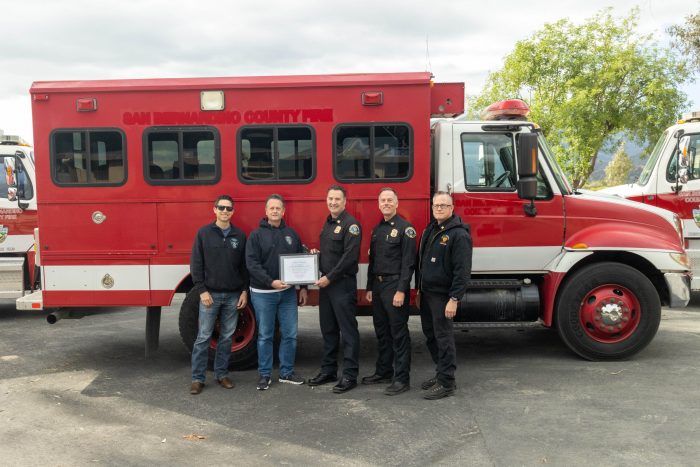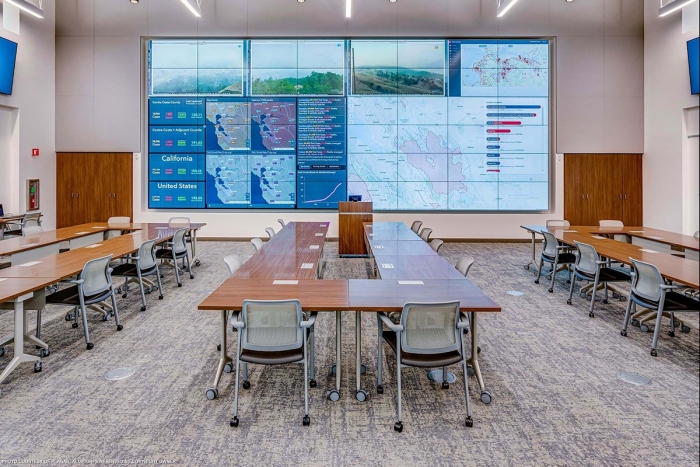The Contra Costa County EMS Protocols provide a comprehensive framework for the delivery of emergency medical services in the county. These protocols are designed to ensure that patients receive the highest quality of care, regardless of their location or circumstances.
The protocols are developed by a team of medical experts and are based on the latest evidence-based practices. They are regularly updated to reflect the latest advances in emergency medical care.
1. EMS Protocols in Contra Costa County
Contra Costa County has established comprehensive EMS protocols to guide emergency medical services (EMS) providers in providing efficient and effective care to patients. These protocols are designed to ensure standardized and evidence-based patient care, improve patient outcomes, and enhance the overall quality of EMS services within the county.
The primary objectives of these protocols include:
- Establishing clear and concise guidelines for EMS providers to follow in various emergency situations.
- Ensuring consistent and appropriate patient assessment and treatment.
- Promoting optimal patient outcomes through evidence-based interventions.
- Facilitating effective communication and coordination among EMS providers and other healthcare professionals.
2. Structure and Organization of Protocols
Hierarchical Structure
The EMS protocols in Contra Costa County are organized into a hierarchical structure, with different levels of care and response guidelines based on the severity and nature of the medical emergency. These levels include:
- Basic Life Support (BLS): Provides basic medical care, such as CPR, oxygen administration, and wound care.
- Advanced Life Support (ALS): Provides more advanced medical care, such as intubation, medication administration, and cardiac monitoring.
- Critical Care Transport (CCT): Provides specialized medical care for critically ill or injured patients during transport to a hospital.
Roles and Responsibilities
Various healthcare providers play specific roles and responsibilities within the EMS system in Contra Costa County:
- Emergency Medical Technicians (EMTs): Provide BLS care and assist with ALS procedures.
- Paramedics: Provide ALS care and are responsible for advanced medical interventions.
- Critical Care Paramedics: Provide CCT care and are highly trained in critical care medicine.
- Physicians: Provide medical direction and oversight to EMS providers and are involved in protocol development and quality assurance.
3. Specific Protocols and Guidelines

Contra Costa County EMS protocols provide detailed guidelines for specific medical emergencies, including:
Cardiac Arrest, Contra costa county ems protocols
- Immediate initiation of CPR and defibrillation if indicated.
- Administration of epinephrine and other medications as per protocol.
- Transport to the nearest hospital with cardiac catheterization capabilities.
Stroke
- Rapid assessment using the Cincinnati Prehospital Stroke Scale.
- Administration of tissue plasminogen activator (tPA) if eligible.
- Transport to a stroke-certified hospital.
Trauma
- Initial assessment and stabilization of injuries.
- Control of bleeding and airway management.
- Transport to a trauma center based on the severity of injuries.
4. Technology and Equipment

EMS protocols in Contra Costa County incorporate the use of advanced technology and equipment to enhance patient care:
- Defibrillators: Used for delivering electrical shocks to restore normal heart rhythm.
- Ventilators: Used to provide mechanical ventilation to patients with respiratory distress.
- Communication systems: Facilitate seamless communication between EMS providers and hospitals.
- Mobile data terminals (MDTs): Allow EMS providers to access patient information and transmit data to hospitals.
5. Training and Education
EMS providers in Contra Costa County undergo rigorous training and education programs to maintain their skills and knowledge:
- Initial training: Includes classroom instruction, practical skills training, and clinical rotations.
- Continuing education: Required to maintain certifications and stay up-to-date on advancements in EMS.
- Specialized training: Available for providers seeking additional skills, such as critical care transport or tactical medicine.
6. Quality Assurance and Performance Improvement
Contra Costa County EMS protocols include measures for quality assurance and performance improvement:
- Data collection and analysis: Monitor key performance indicators and identify areas for improvement.
- Peer review: Regularly review patient care cases to identify best practices and areas for improvement.
- Quality improvement initiatives: Implement changes to protocols and procedures based on data analysis and peer review.
7. Collaboration and Interagency Coordination: Contra Costa County Ems Protocols
EMS providers in Contra Costa County collaborate closely with other healthcare organizations to ensure seamless patient care:
- Hospitals: Coordinate patient transfers, share medical information, and provide consultation.
- Fire departments: Assist with patient extrication, provide scene safety, and transport patients.
- Law enforcement: Assist with scene management, crowd control, and traffic direction.
- Public health agencies: Collaborate on disaster preparedness and response, and provide community education.
Q&A
What are the Contra Costa County EMS Protocols?
The Contra Costa County EMS Protocols are a set of guidelines that govern the provision of emergency medical services in the county.
Who develops the Contra Costa County EMS Protocols?
The Contra Costa County EMS Protocols are developed by a team of medical experts and are based on the latest evidence-based practices.
How often are the Contra Costa County EMS Protocols updated?
The Contra Costa County EMS Protocols are regularly updated to reflect the latest advances in emergency medical care.